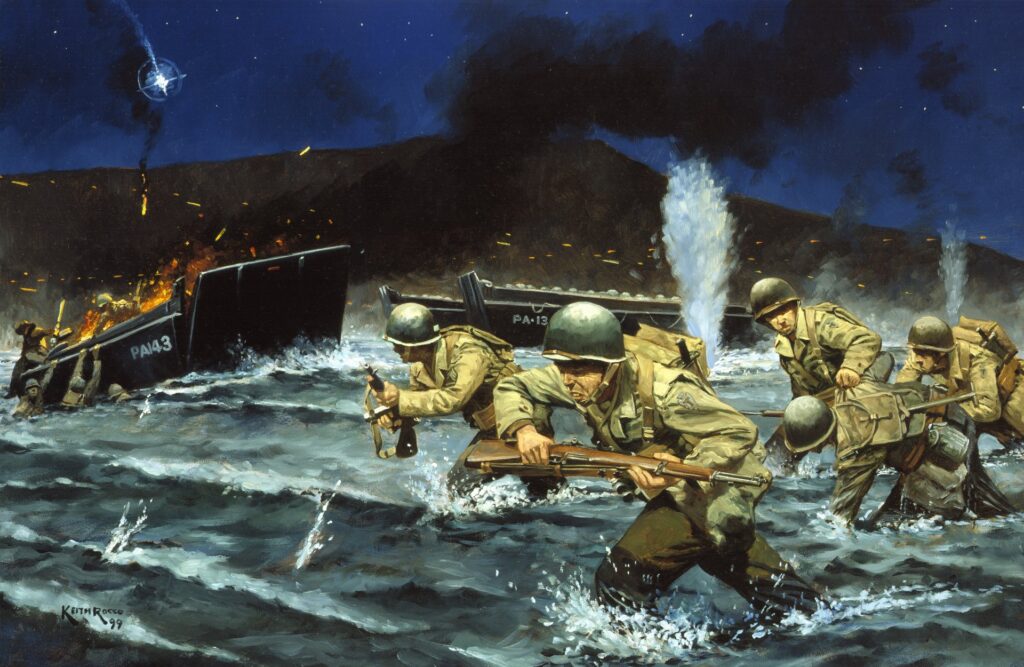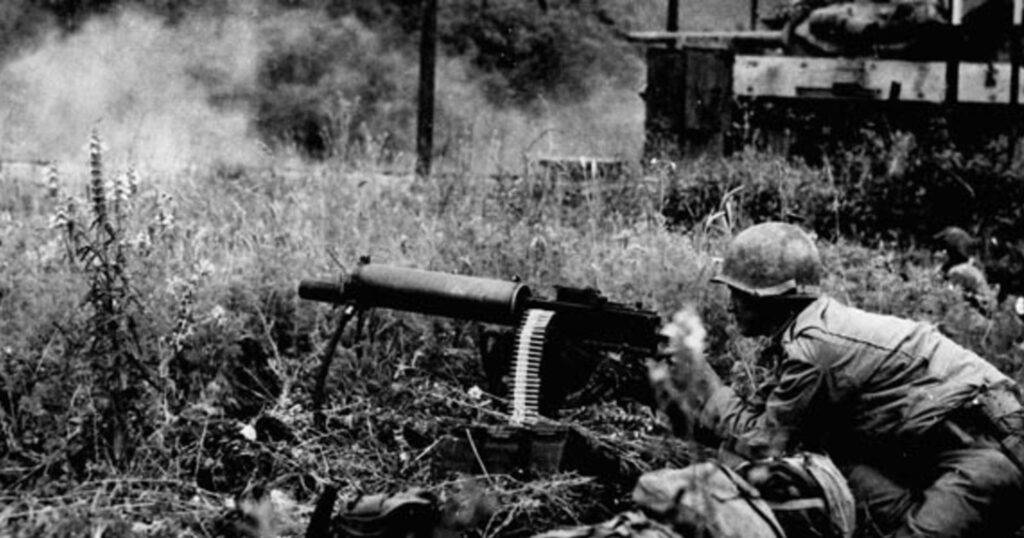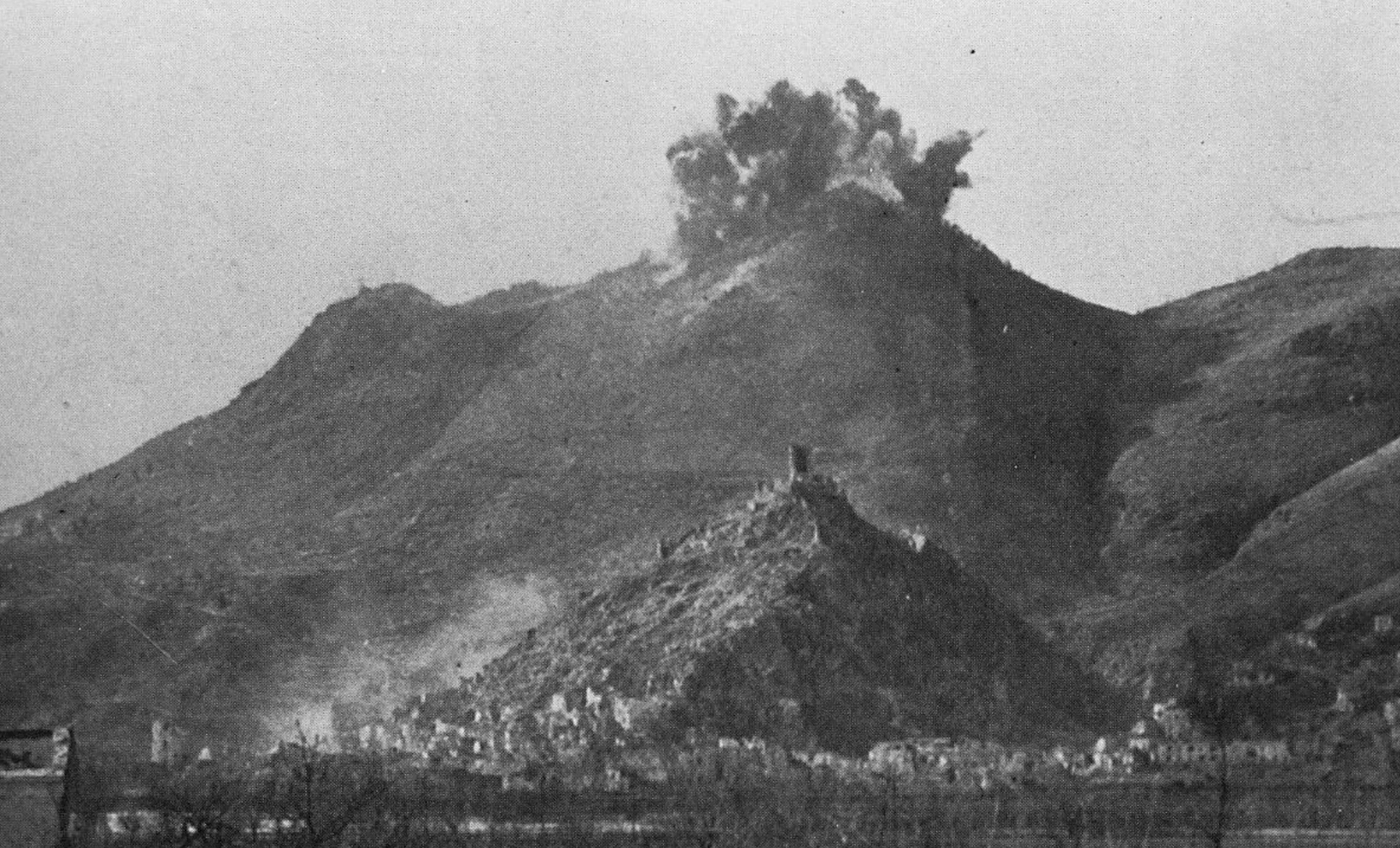In any normal war, capturing an enemy capital would capture the imagination of soldiers and the public back home. During World War II, capturing the capital of one of the original members of the Axis Pact should have been a defining moment. That moment was overshadowed by another defining moment: D-Day, the amphibious invasion of Nazi-occupied Europe.

When the Allies captured Rome on June 4, 1944, however, the city was open because most of the fighting had taken place along the way – and the Allied soldiers paid dearly for their efforts almost the entire way.
The Fall of Rome: A Pivotal Yet Overshadowed Victory of WWII
Having kicked the Axis out of North Africa in 1943, the Western Allies’ next target was Sicily, a resounding success that captured the island in just five weeks. They then prepared to move on to Italy, Europe’s “soft underbelly” (as British Prime Minister Winston Churchill called it). Their victory on Sicily caused the overthrow of Fascist dictator Benito Mussolini, which allowed Allied planners to make an ambitious landing on the Italian peninsula.
Adolf Hitler was not going to simply give up Italy because the Italians stopped fighting. He launched Operation Axis, the wholesale German takeover of the country. When the Allies landed on September 9, 1943, only two German divisions were available near Salerno to resist the invasion; the rest were tied up, disarming the Italian Army. Instead of just invading Italy at the “boot” of the country near Taranto, they also landed at Calabria, in the “toe,” and Salerno, south of Naples.

Since Hitler was convinced the south of Italy was indefensible, the Germans hoped to retreat to northern Italy, but that didn’t happen. Instead, the new German commander, Field Marshal Albert Kesselring, used the country’s geography to form a series of defensive lines that would slow the Allied advance. The Allies lost more than 12,500 men killed, wounded, or missing in just the initial invasion of Italy. There was more work left to do.
The Nazis formed the Volturno and Barbara Lines as a delaying strategy while they prepared their main line of defense, the Winter Line. It was three smaller lines that spanned the length of the peninsula. The Bernhardt Line and Hitler Line ran from the Tyrrhenian Sea in the west to just northeast of the town of Cassino, where they flowed into the Gustav Line. The Gustav Line centered around the reinforced mountaintop abbey on Monte Cassino and ran through the Apennine Mountains to the Adriatic coast in the east.
Allied forces first crossed the Volturno Line on October 6, 1943, pushing the Germans back to the Barbara Line. By November 1, they had pushed across the Barbara Line in the West. Little more than a week later, the eastern line had fallen. The offensive against the Bernhardt Line (and the rest of the Winter Line) was launched on December 1, 1943, where it stopped the U.S. Fifth Army’s advance on the Adriatic side of the line. The Eighth Army had more luck, penetrating the line in the west, but took heavy casualties. When winter set in during December, however, the entire operation came to a halt.
The Fall of Rome: Allies Capture Rome
To overcome the stalemate, the Allies launched a daring amphibious landing at an unlikely location, Anzio. Surrounded by marshes and mountains, a landing at Anzio was supposed to catch the Germans by surprise, destabilize the Winter Line defenses, and make an attack on Rome.

Launched on January 22, 1944, the surprise worked, and Allied forces made their way to the outskirts of the Italian capital, but they failed to press their advantage and instead reinforced their positions. The delay gave Kesselring time to respond, flooding the area’s marshlands and raining artillery on the invaders. What might have been a quick victory turned into months of fighting. An estimated 43,000 Allied troops were killed, wounded, or missing by the time they broke the stalemate in May 1944.
Finally, breaking the Winter Line required four major offensives by both the Fifth and Eighth Armies between January and May 1944. The focus was on Monte Cassino and its mountain fortress. Polish, Canadian, American, British, and Free French troops assaulted Monte Cassino for four months, taking 55,000 casualties before forcing the Germans out of the Winter Line.
When they finally broke, Gen. Mark Clark, making a breakout at Anzio, was supposed to cut off their escape and destroy much of the retreating German 10th Army. Instead, he disobeyed orders and captured the city of Rome, which had been declared an open city and offered no resistance. The Germans fell back north of Rome to another prepared defensive line called the Gothic Line. There, the Germans would make a stand that would last until almost the end of the war.
Read About Other Battlefield Chronicles
If you enjoyed learning about the Fall of Rome, we invite you to read about other battlefield chronicles on our blog. You will also find military book reviews, veterans’ service reflections, famous military units and more on the TogetherWeServed.com blog. If you are a veteran, find your military buddies, view historic boot camp photos, build a printable military service plaque, and more on TogetherWeServed.com today.

0 Comments